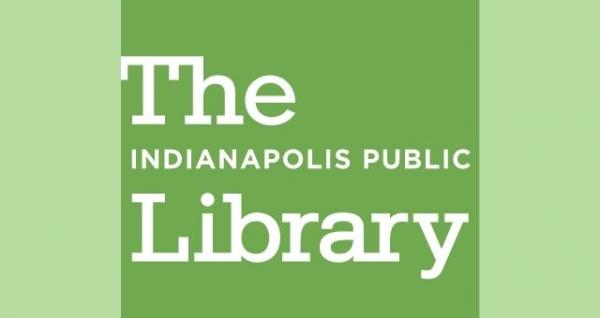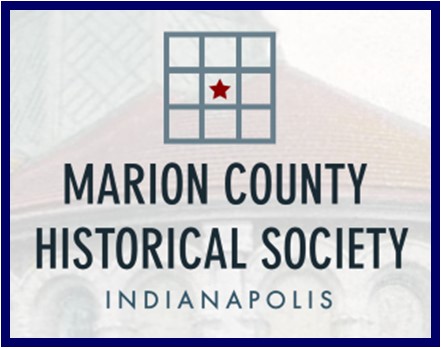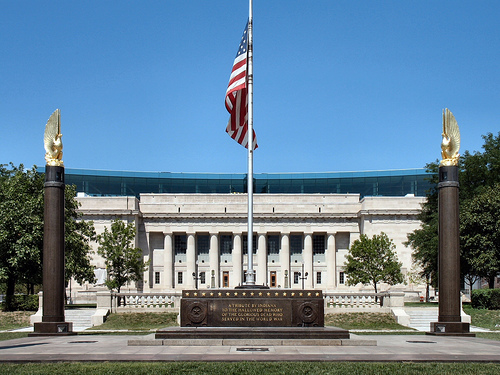Indianapolis Meatpacking History: Kingan & Company
Lecture and Q&A
Sunday, May 05
2:00pm - 3:00pm
Join us in person at Central Library to learn about the history of Kingan & Company and its enduring impact on the city of Indianapolis. This history lecture is part of the Culture, History, and Society: Historic Indianapolis Metropolitan Area programs.
Register now.
Culture, History, and Society: Historic Indianapolis Metropolitan Area—When Irish meatpacker magnates Thomas and Samuel Kingan boarded a boat in Belfast in 1848, they had no intention of landing on the banks of the White River. But after their plants in New York and Ohio burned to the ground, they moved to Indianapolis and built a meatpacking/hog slaughtering empire on 27 acres just west of downtown. Over the next century, Kingan & Company would grow into one of the largest meatpacking companies in the world, employing thousands of Indy residents, while pouring millions of dollars into the local economy and an untold amount of waste from slaughtered hogs into the White River.
Presenter: Join local history enthusiast Libby Cierzniak on Sunday, May 5, 2024 at 2 p.m. to learn about the meaty history of Kingan & Company and its enduring impact on the city of Indianapolis. Register now.
This free in-person lecture is part of the Culture, History, and Society: Historic Indianapolis Metropolitan Area programs hosted by the Indianapolis Special Collections Room (ISCR) located on the 6th floor within Central Library. Made possible by Friends of the Library through gifts to The Indianapolis Public Library Foundation; and the Marion County Historical Society.
AGE GROUP: | Seniors | Educators | Adults |
EVENT TYPE: | Lecture/Panel Discussion | Indianapolis Special Collections Room |
TAGS: | one-hour lecture | one hour lecture | local history | lectures | iscr lecture | iscr history topics | Indianapolis special collections room | indianapolis history | indianapolis | history lecture | historic indianapolis | early indianapolis | culture history and society |
Central Library
As the hub of the Indianapolis Public Library system, Central Library showcases renowned architecture and services. The original 1917 building, designed by Paul Cret and constructed of Indiana limestone in the Greek Doric style, was considered one of the most outstanding secular buildings in the U.S. Its six-story glass and steel-framed addition, designed by Evans Woollen, opened in 2007.







